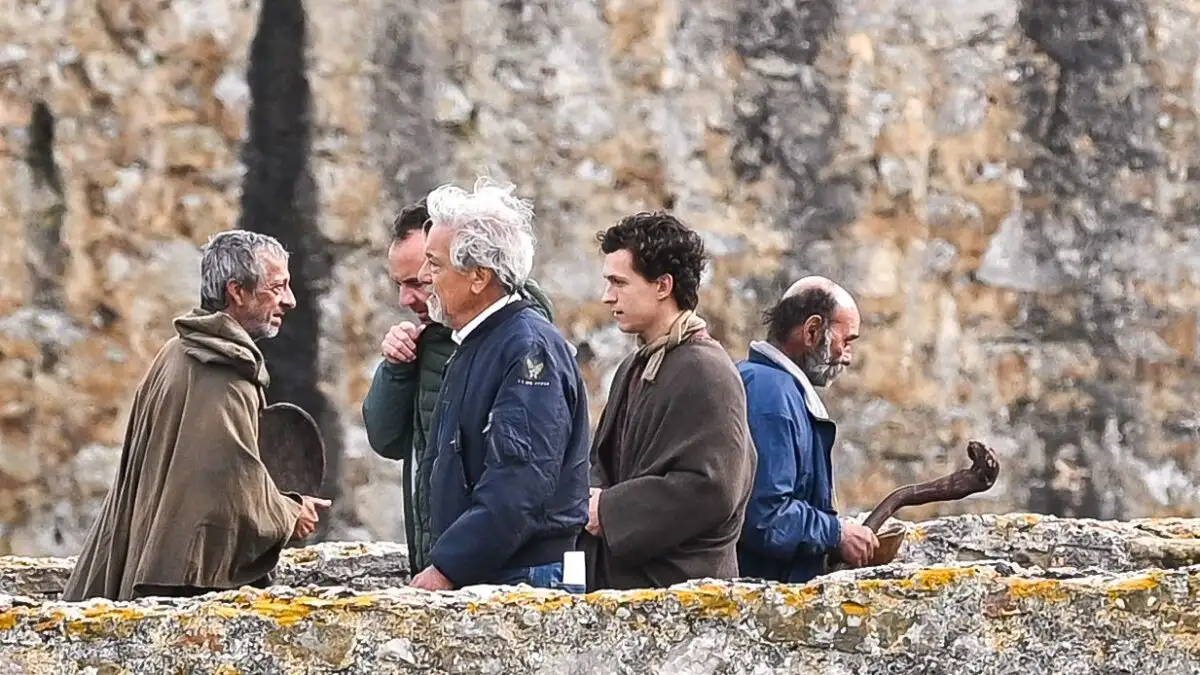An antique Roman ship's woodwork is being painstakingly cleaned off by archaeologists in Serbia after being found by miners in a sizable opencast coal quarry.
Archaeologists excavate the hull of a wooden ship, an ancient Roman flat-hulled riverine vessel at the ancient city of Viminacium, near Kostolac, Serbia, August 2, 2023. REUTERS/Zorana Jevtic/File Photo
Experts from Viminacium, a neighboring historic Roman village, hurried to try to preserve the ship's skeleton when an excavator at the Drmno mine discovered some timber. This is the second similar find in the area since 2020.
The ship was most likely a component of a river fleet that served the 45,000-person huge and highly constructed Roman metropolis, which had a hippodrome, walls, a forum, a palace, temples, an amphitheatre, aqueducts, baths, and workshops.
The ship may have been built as long back as the third or fourth century AD, when Viminacium served as the capital of the Roman province of Moesia Superior and had a harbor close to a branch of the Danube River, according to lead archaeologist Miomir Korac.
"We may assume that this ship is Roman, but we are unsure of its exact age," he said to Reuters at the dusty location perched dangerously over a sizable open coal pit.
In order to keep the wood from rotting in the hot summer sun, Korac noted that it was first doused with water and stored beneath a tent.
The two ships and three canoes that have been discovered in the region so far, according to archaeologists, either sank or were abandoned at the riverbank.
Thousands of artifacts discovered in Viminacium near the town of Kostolac, 70 kilometers (45 miles) east of Belgrade, will be displayed alongside the most recent find.
It would be difficult to move the recently discovered ship's 13-meter hull without breaking it, according to Mladen Jovicic, a member of the team working on it.
"Our engineer friends will prepare a special structure that will be lifted by a crane, and... the entire process of gradual conservation will follow," he declared.
Viminacium has been the subject of excavations since 1882, but according to archaeologists, just 5% of the site, which is larger than Central Park in New York and remarkable in that it is not buried beneath a modern metropolis, has been thoroughly explored.
Golden tiles, jade sculptures, mosaics and frescoes, artifacts, and the bones of three mammoths have all been found thus far.







